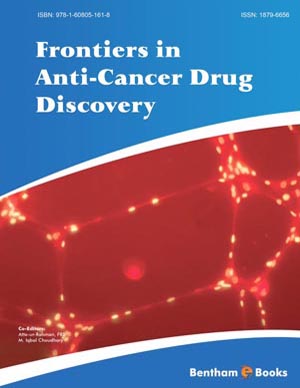Abstract
SHS investigation development is considered from the geographical and historical viewpoint. 3 stages are described. Within Stage 1 the work was carried out in the Department of the Institute of Chemical Physics in Chernogolovka where the scientific discovery had been made. At Stage 2 the interest to SHS arose in different cities and towns of the former USSR. Within Stage 3 SHS entered the international scene. Now SHS processes and products are being studied in more than 50 countries.
Abstract
Ribonucleotide Reductase (RNR) plays a critical role in DNA synthesis, and is a well-recognized target for cancer chemotherapeutic and antiviral agents. RNR inhibition precludes DNA transcription and repair, from which results cell apoptosis. Many regulation checkpoints concerning RNR activity have been unravelled through the last two decades, with potential use to inhibit enzyme activity. This was accomplished by researchers from different but complementary areas from which several and different inhibitors have resulted. The volume of these studies has generated over 4000 articles since the discovery of RNR in 1960. Some of these compounds have already been approved by FDA and EMEA for the treatment of specific types of cancer, as it is the case of gemcitabine, fluoromethylene and hydroxyurea.
This review summarizes patents and papers during the period 1958 - 2009 dealing with the present understanding of ribonucleotide reductase biochemistry, mechanism of action and the most relevant data concerning RNR inhibition. Special attention is given to the inhibitors that have been patented and are currently in clinical use.
Keywords:
Ribonucleotide reductase, inhibitors, antisense, dimerization, radicalscavengers, iron chelators, substrate analogues, allosteric, theoretical results, mechanisms, DNA, gemcitabine, hydroxyurea, GTI-2040, tezacitabine
Recommended Chapters
We recommend

Authors:Bentham Science Books


 Download PDF Flyer
Download PDF Flyer



